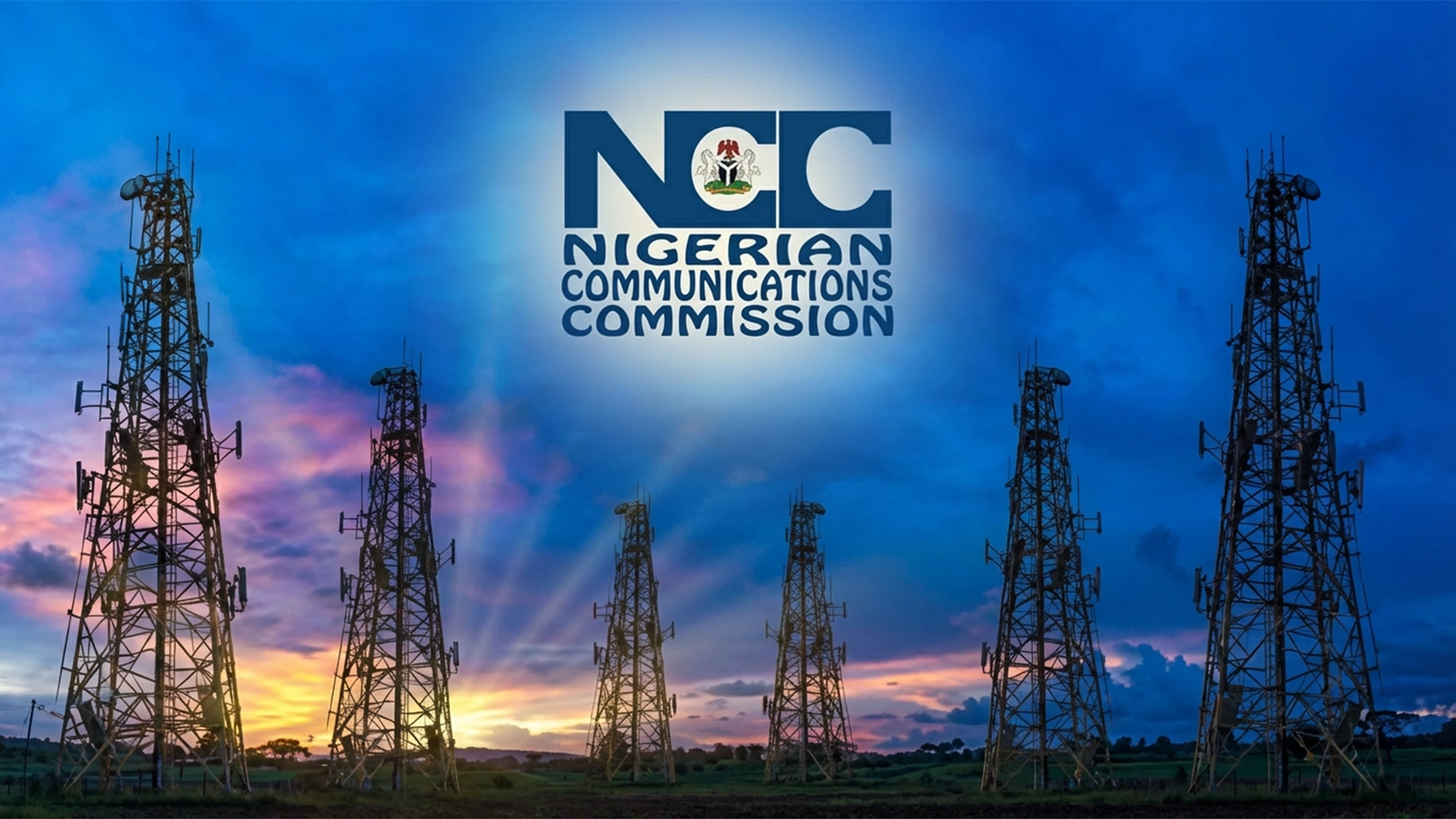
With the International Telecommunications Union (ITU) targeting 2019 to standardise Fifth-Generation networks (5G), Ericsson Mobility Report, has predicted that Nigeria and other countries in sub-Saharan Africa will witness their first 5G subscriptions by 2022.
The November edition of Ericsson Mobility Report revealed that the number of 5G subscriptions in SSA is expected to reach two million by 2023.
5G has higher capacity than current 4G, allowing a higher density of mobile broadband users, and supporting device-to-device, ultra reliable, and massive machine communications. Its research and development also aims at lower latency than 4G equipment, and lower battery consumption, for better implementation of the Internet of things (IoT).
The Head, Customer Unit, West Africa, Ericsson, Nicolas Blixell, while presenting the details of the report via a teleconferencing from Senegal, said the 5G networks would be concentrated in areas where it would be needed most.
Blixell noted that globally, there would be one billion 5G subscriptions to support the growing demand for mobile broadband by 2023.
According to him, the 5G network will cover over 20 per cent of the world’s population by the end of 2023, and the first commercial networks, based on 5G New Radio, are expected to go live in 2019, with major deployments from 2020.
Blixell said countries foreseen to start the trend of 5G adoptions include the United States, South Korea, Japan, and China.
Highlighting the advantages of 5G over other networks, he said it was faster, did not require fibre for deployment, and had applications on remote surgery, mining, and Machine Time Communication.
Presently, he said 49 per cent of network subscribers in SSA were on 2G networks, 45 per cent were on 3G while six per cent had adopted the 4G LTE.
“Africa is adopting data faster. Smartphones which cost about $40 on the average will become more affordable at $20 to $25 and its use will rise,” Blixell said, while giving reasons for the rapid growth in broadband.
The Ericsson report said by year end, LTE would be the dominant mobile access technology, estimated to reach 5.5 billion subscriptions, and cover more than 85 per cent of the world’s population by the end of 2023.
It predicted that mobile data traffic would surge by eight times during the forecast period, reaching 110 exabytes per month by 2023, corresponding to 5.5 million years of HD video streaming.
The report said: “All regions maintain mobile data traffic growth, with North America showing the highest average usage per smartphone, exceeding 7GB per month by the end of 2017. Video consumption continues to fuel mobile broadband traffic growth.
“The driving forces behind video’s uptrend are the young millennials – those in the 15 to 24 age bracket – who stream 2.5 times more than those over 45 years of age.”
The Chief Strategy Officer and Head, Technology and Emerging Business, Ericsson, Niklas Heuveldop, said: “The latest report highlights trends in mobile subscription and data traffic growth, as well as the industry’s effort to tackle the increasing demands on mobile networks globally.
[ad unit=2]






